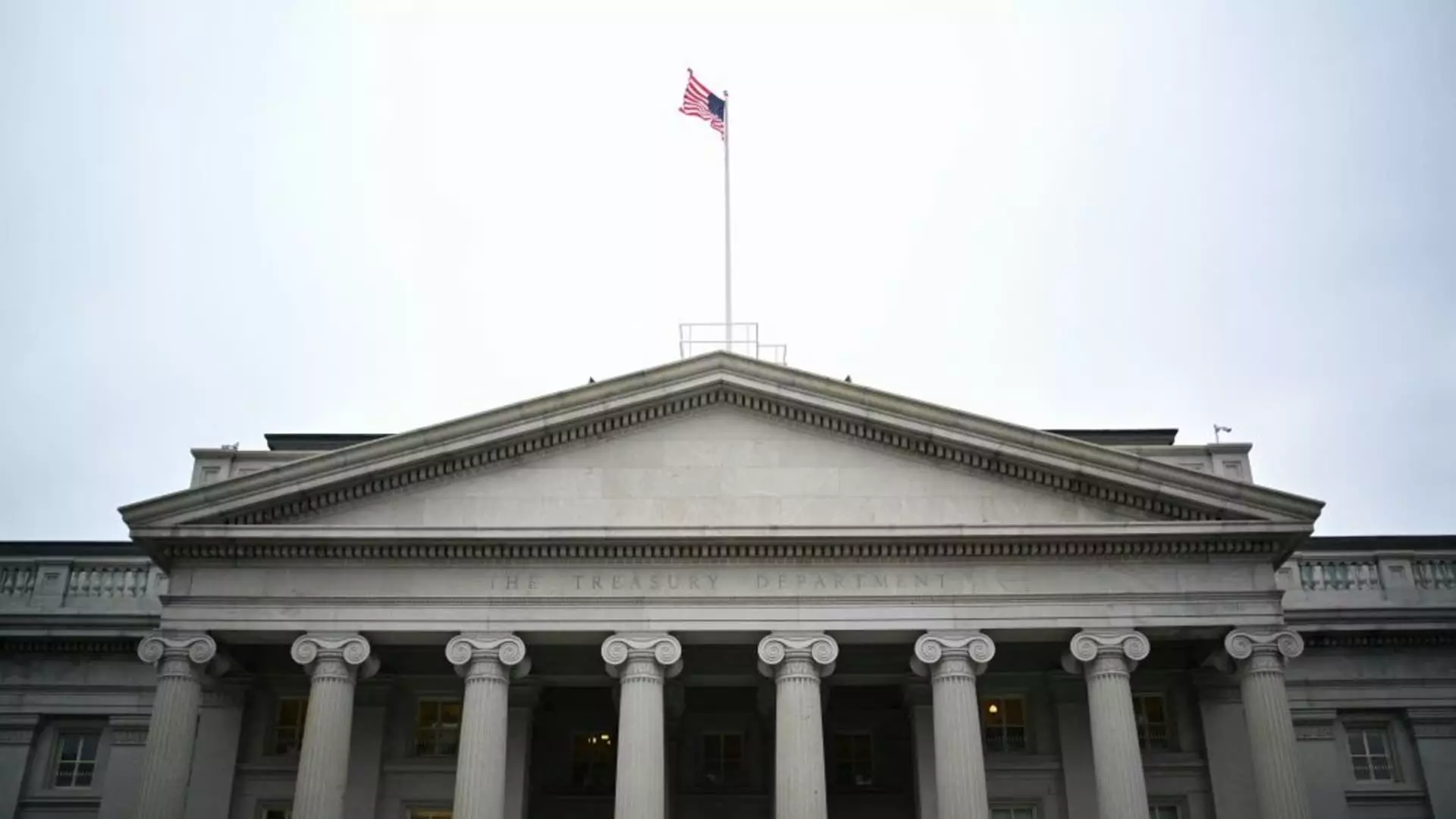The U.S. Department of the Treasury has recently unveiled the newest interest rates for Series I bonds, effective from November 1 through April 30, 2025. The new composite rate stands at 3.11%, a notable decrease from the 4.28% yield that was in effect since May, and significantly lower than the 5.27% reported in November 2023. This reduction predominantly reflects shifts in inflation-linked bonds, leaving many potential investors with questions about the viability of this financial instrument in the current economic landscape.
The adjusted rate for I bonds comprises two distinct components: a variable interest rate of 1.90% and a fixed rate of 1.20%. Interestingly, the fixed rate has been slightly lowered from 1.30%, contributing to an overall reduction in the composite rate. For context, the I bond rates had previously soared to an unprecedented 9.62% in May 2022, driven primarily by soaring inflation, making I bonds a popular choice among cautious investors seeking refuge from volatile markets. However, as inflationary pressures begin to wane, so too have the I bond yields, prompting a reevaluation of their attractiveness.
Understanding the structure of I bonds is crucial for investors. These bonds are unique as they offer both a variable and a fixed component, which together form the composite rate announced biannually in May and November. The variable rate reflects changes in inflation, remaining stable for six months post-purchase, while the fixed rate is locked in for the lifespan of the bond. This two-tier system provides a certain level of predictability, albeit one laden with complexities since the Treasury does not disclose the formula used to compute changes in the fixed rate.
For current I bond holders, it’s essential to note that a six-month timeline governs how their rates fluctuate based on their initial purchase date. For instance, if one were to buy an I bond in September, the first rate adjustment would not occur until March of the following year, indicating that new buyers must plan their purchases with an eye on future rate changes.
The latest downturn in I bond rates may dissuade some investors, particularly those drawn in by the previous high yields. However, experts argue that the fixed rate component still holds value for long-term savers willing to weather the ups and downs of the bond market. I bonds offer not only protection against inflation but also the security of a guaranteed return, albeit at a lower rate than previously available.
Whether an investor views the new I bond rates as a disappointment or an opportunity largely depends on their individual financial strategies and long-term goals. Adjusting expectations and understanding the implications of these rate changes is essential for making informed investment decisions in a continually evolving economic context. Investing in I bonds might still make sense for some, especially those who can appreciate their unique features in a diversified portfolio.

